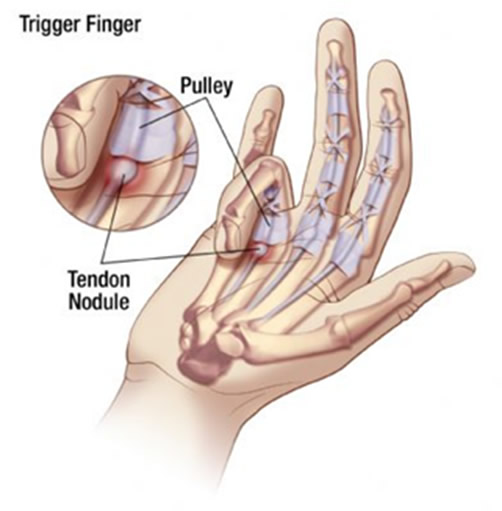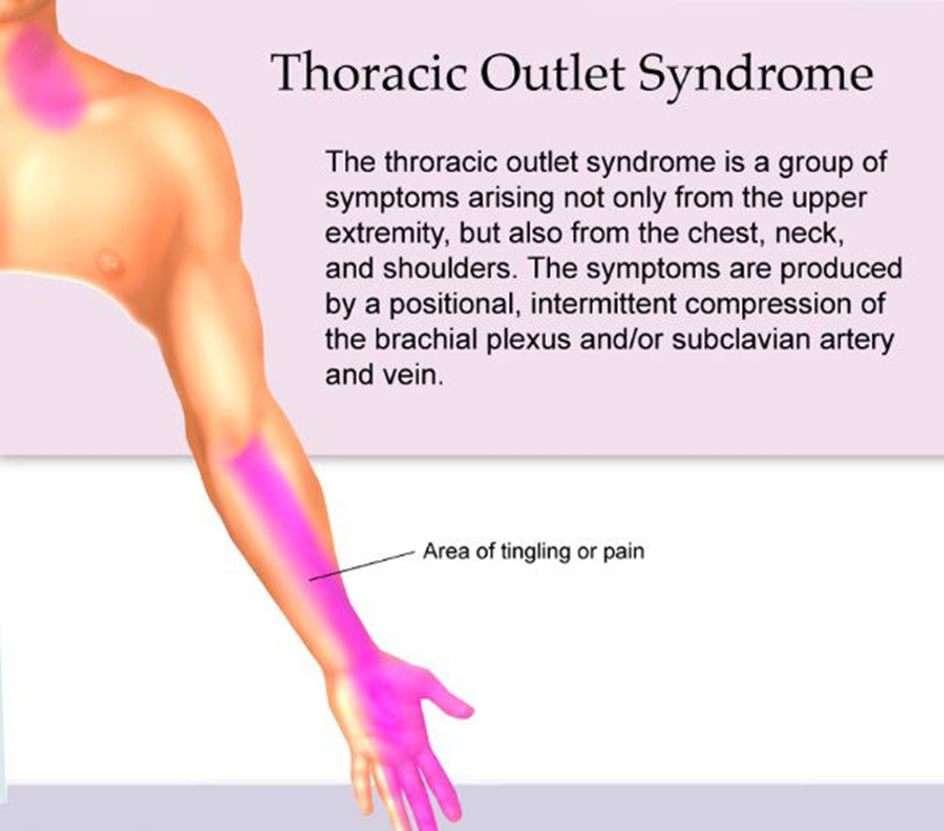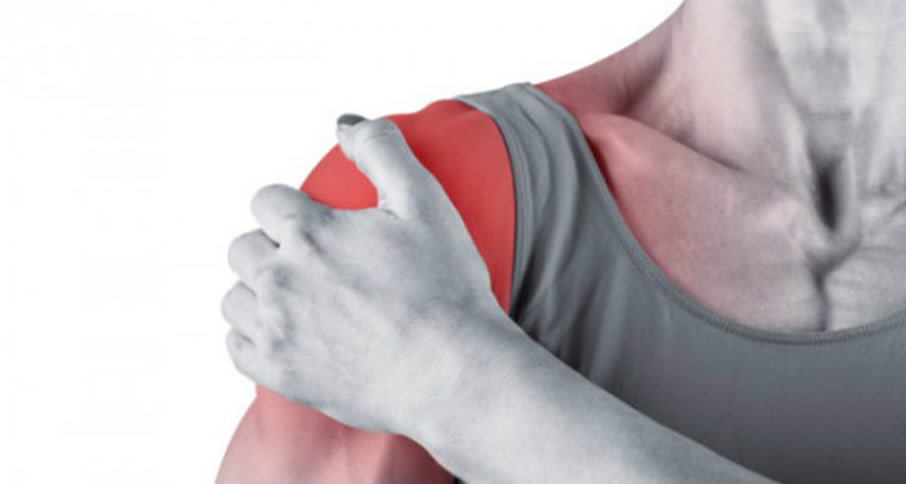Whenever your body suffers an injury to any part of your neck, shoulder, or rest of your arm…the muscles immediately tighten up to protect the area from further injury and pain. This is also a normal response for the body to have in the beginning, however, you do not want those muscles to stay that way for too long. The reason is because the longer your muscles are in protective mode, the longer it takes to get out of it. For instance, if you fell and broke your wrist, your brain will immediately tell your arm to stay in a position of being close to your body and your upper shoulder and neck muscles will start to bear the weight of your whole arm as you are not using that arm and hand to do your normal daily activities. Suddenly, you start to feel pain and tightness in your neck, shoulder, and upper arm. This can eventually lead to neck and shoulder stiffness and loss of motion…and sometimes even numbness and tingling if the nerves get irritated from not moving. The point is, after an injury, your brain forgets how to normally move that arm again.
This is where a Certified Hand Therapist can help. We can teach you how to safely position and move your arm after an injury or surgery so that it doesn’t have to negatively affect your entire life and daily activities.






